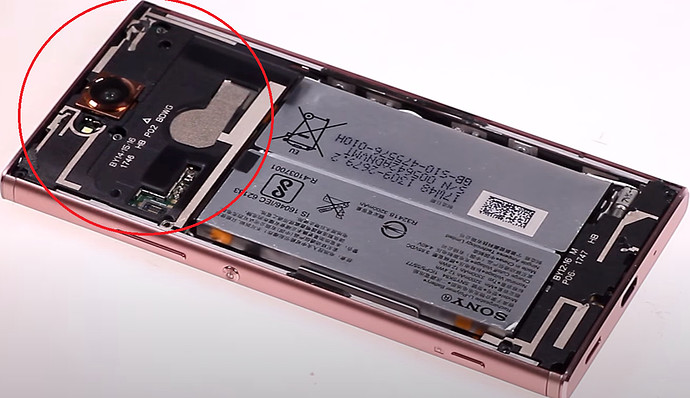Yes, a Nokia 6233, connected to the LD-3W bluetooth GPS, often quicker and better accuracy than the XA2, wish I could use it with sailfish devices…
I’m really not sure what made the GPS work again on my XA2, it is still working OK but takes often quite some time to get a fix, maybe its degrading again. It was significantly slower than Jolla1 and LD-3W when I did a quick test now. The bars in GPSInfo on XA2 overall is shorter than on Jolla1, especially indoors, indicating the signal reception is not as strong? What does the y-axis numbers mean btw?
Keep in mind, it can also be the temporary battery removal that “fixed” GPS for now, by causing some in-depth reset of something GPS-related, (which in turn might possibly indicate some issue within sailfish sw and XA2 GPS hw).
I cannot think of anything else I did that could be the reason for my XA2 GPS starting to work again.
However it is not possible to remove the battery connector without first unscrew the plastic part that contains the GPS antenna (red ring in image below), so if one would test only one of the two things above, it has to be the antenna part first.
Youtube has instructions for opening 
Good luck!

